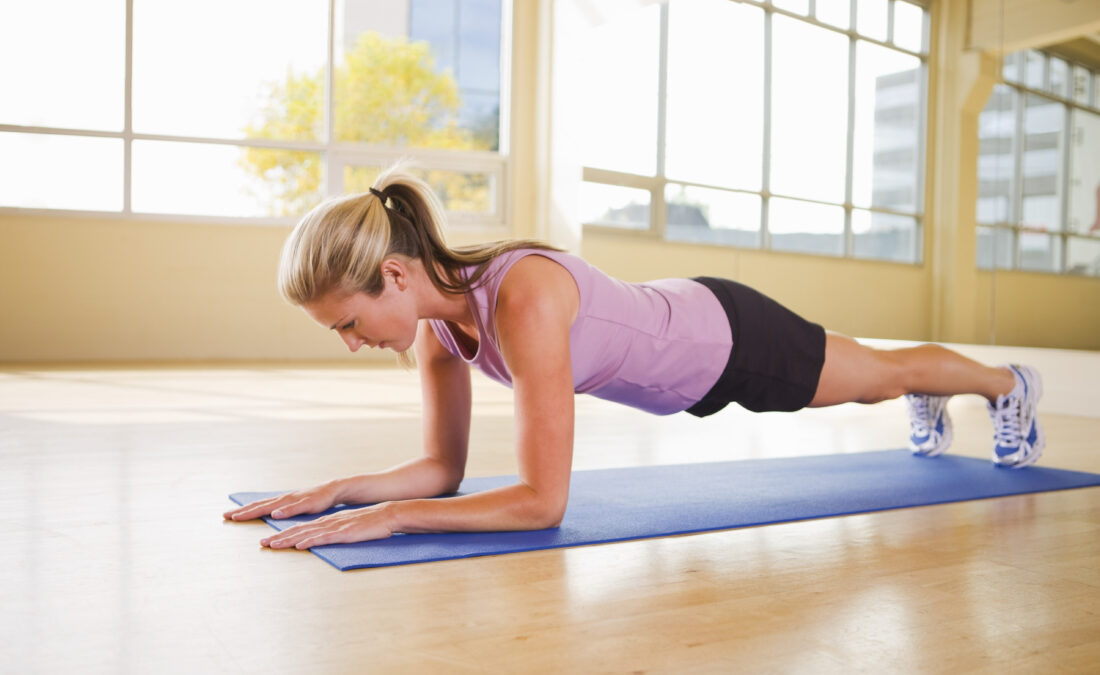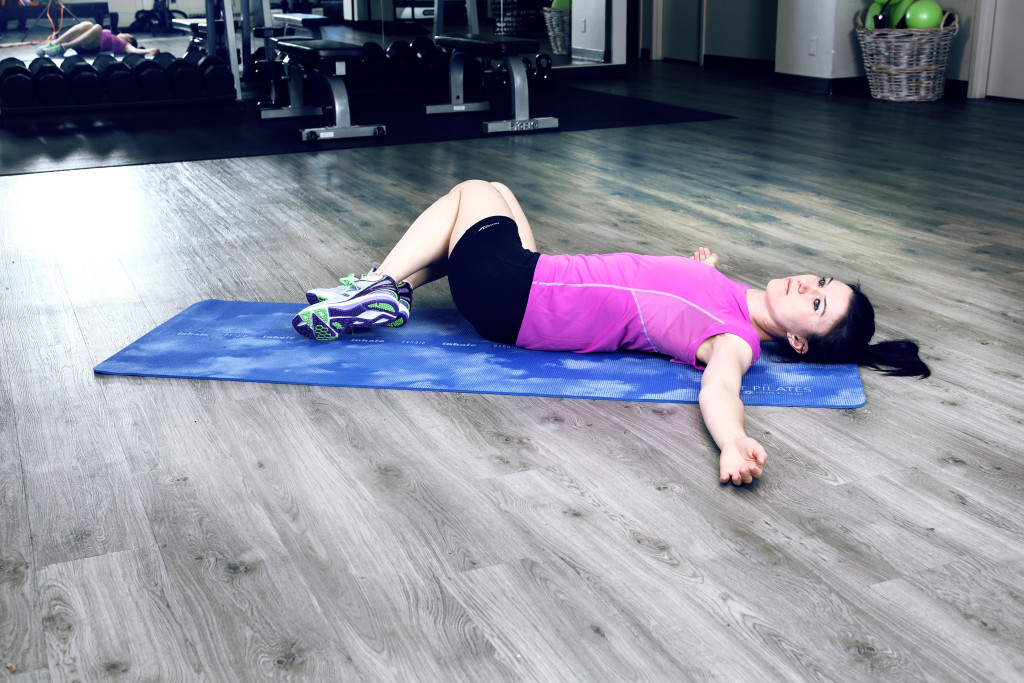Identifying weak spots and learning how to strengthen them
With the race season now over it's time to identify your strengths and weaknesses and embrace both to become a better athlete.


If there’s one thing runners do well, it’s… well… running. But far too often, runners spend all of their time and energy running. As such, other areas get neglected.
RELATED: Tips on staying motivated beyond the finish line
Here are some of the most common areas that runners could do well to improve upon:
Core strength
We’re not talking about creating six-pack abs here. That is a simplistic and short-sighted view of what we mean when we refer to our body’s core. Rather, the core is all of the muscles that stabilize and move the spine including but not limited to the rectus abdominis, internal and external obliques, tranverse abdominis, sacrospinalis and many many more.
RELATED: MEC Running video series: Episode 5 – Strength and Cross-Training
The role of the core for running is also often over-simplified. A strong core helps delay fatigue during prolonged endurance activity. It does so by maintaining correct running form which lowers running economy and prevents wasted energy on unnecessary movements. It also reduces the amount of stress on the lower body thus preventing tightness, soreness and injury risk. A strong core also helps create power and speed and is therefore important for running faster over shorter distances as well.
To get a stronger core, include planks, squats and a yoga-inspired core moves to help develop a more balanced core. Here are four of the best exercises you can do almost anywhere.
Flexibility
Being flexible has long been a debated and controversial topic within the realm of running. Some argue that maintaining a ‘high’ degree of overall flexibility helps to keep muscles and joints limber, loose and with a better range of motion. Others contest that flexibility is actually a limitation of fast and efficient running and that muscles should naturally be kept more rigid and tight.
The latest advice for runners when it comes to flexibility is “some, but not too much.” Static stretching is generally considered counter-productive, especially before running or racing. Dynamic stretching and running drills before and after running is however encouraged.
General strength
Most runners tend to avoid the gym at all costs. While some incorporate weight training and upper body strength as part of their routine, many don’t.
Much like the importance of core-specific training, general strength including to the upper body–including the chest, back and arms–helps create a more robust, injury-resilient and well-rounded body that’s able to better handle the specific stresses of run training. Avoiding the monotony of running is also beneficial from a mental and psychological point of view.
You also don’t need to belong to or visit a gym to improve your general strength. There are many body weight-based exercises that can be done at home or even at work that are equally effective as weights or machines. Push-ups, pull ups and squats are just a sample of easy and effective options.
RELATED: The comeback plan: Strength training with Catherine Watkins
Diet
A growing amount of evidence now supports the notion that our body weight and shape is mostly determined by what we eat, not by how much we move. As such, our diet is one specific area that runners should pay close attention too. All runners should aim to eat a well-balanced and varied diet that places an emphasis on fresh fruits and vegetables, whole grains and proteins. Carbohydrates are still the preferred fuel source for an active and healthy lifestyle but avoid sugary drinks and heavily processed foods as much as possible.
Sleep
Most of us don’t get enough sleep each night. Getting sufficient rest is not only essential for general health and wellness but for runners, it also plays a critical role in our adaptation to exercise, recovery and injury prevention. If you can’t get the recommended seven or eight hours of sleep each day, aim to increase your time spent sleeping by 15 minutes to an hour. You can also try to ‘bank’ time on select days if you know you’ll struggle to get enough on others.
Also try to increase the quality of sleep you do get by minimizing distractions up to an hour before bedtime, drinking water while avoiding caffeine and alcohol and maintaining a relaxing routine.


